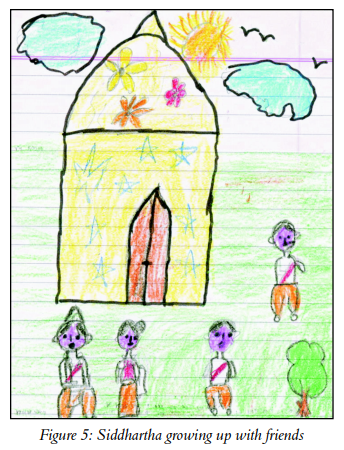- No Comments
- Michael Hart
- December 7, 2020
From Dr. Hart: While there are many texts out there that discuss learning disabilities, this one does what few others do – gives real examples, concrete explanations, and better ways to plan for the future. If you’re new to this kind of information, learning how to read a research article may benefit you in the long run. From intervention steps at every educational level, to how to best address learning disabilities, it takes a complex subject, and breaks it down at a level anyone can understand and utilize.
Audience: Educators and Parents
Skill-level: Beginner to Moderate
What is a Learning Disability
Learning differences are the unique and individual ways in which some people process new information. In the United States, one in five students has a learning difference, meaning they experience challenges with organization, memory, or attention, especially in academics, such as reading, writing, and math. Credit: www.hillcenter.org Click here to read the full text: Learning Disabilities.
Click here to read the full text: Learning Disabilities.
Experts who contributed to the section on Learning Disabilities
Dr. Marita Adam (Editor)
Miss Samrudhi Bambolkar
Miss Nadia C. Fernandes
Mrs. Ritwika Srivastava
Dr. M.E. Yeolekar
Dr. Madhuri Kulkarni
Excerpt from Learning Disabilities

“No other disabling condition affects so many people and yet has such a low public profile and low level of understanding as LD”, Washington Summit 1994 (Reid L, et al., 1994).
Morgan, a general practitioner in Sussex,
England, published the first case of what is
now known as dyslexia, a word derived from the
Latin word “dys”, which translates to ‘difficult’, and the Greek word “lexia”, which translates to ‘words’; it literally means, “difficulty with words”.
Categories
- Blog(33)
- Books(5)
- General Reading(18)
- International nonprofit(2)
- Leading Organizations(3)
- Parents and Educators(4)
- Recommended Reading(1)
- Research Articles(14)
- Resources and Support(21)
- Social & Emotional Learning(5)
- Support Organizations(4)
- Teachers & Parents(4)
- TED Talk(1)
- Videos and Films(6)
- Webinars and Trainings(8)